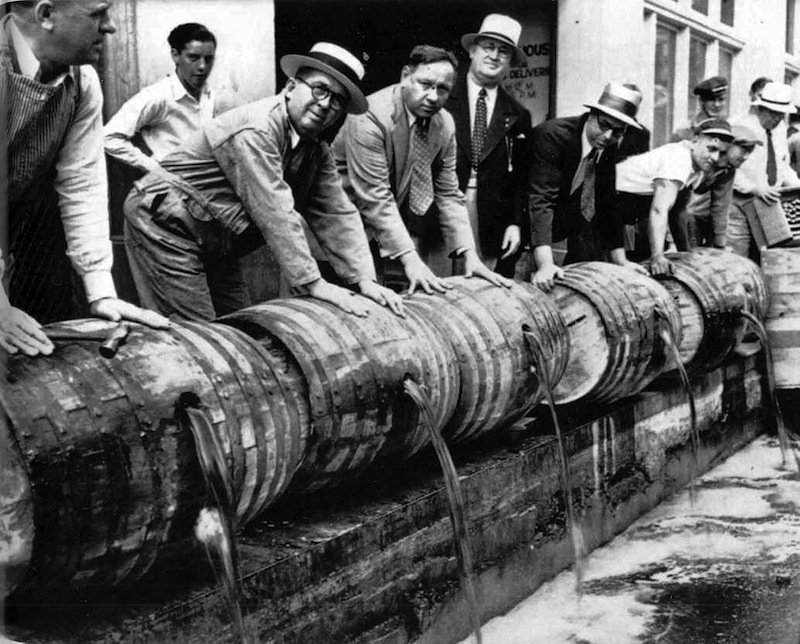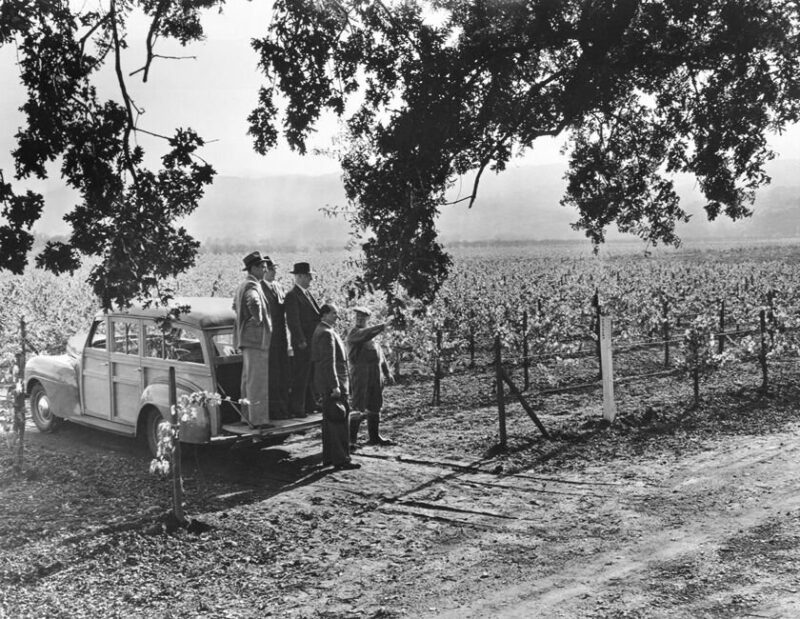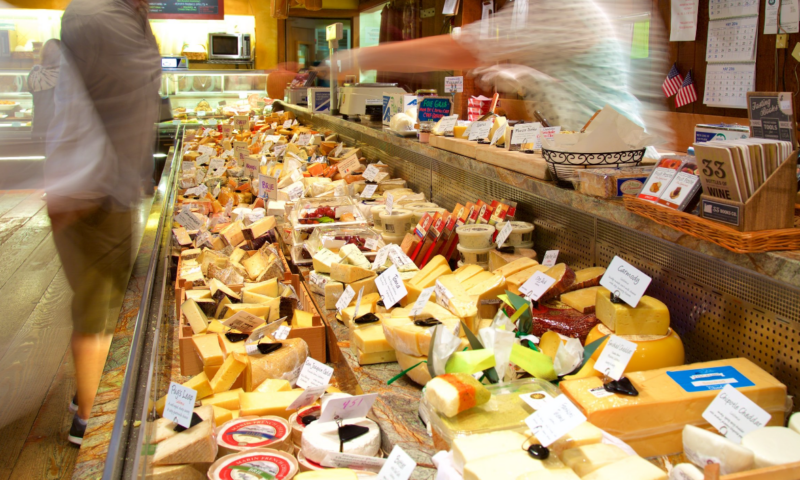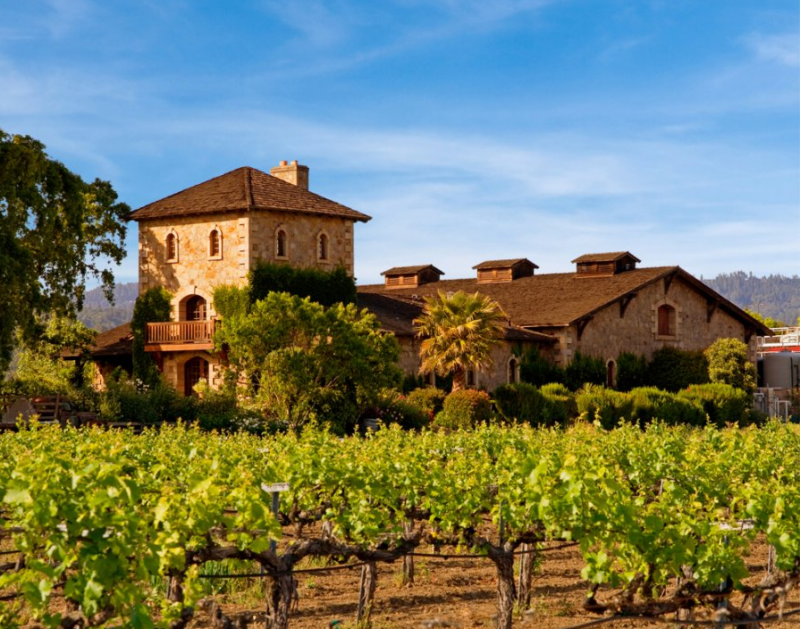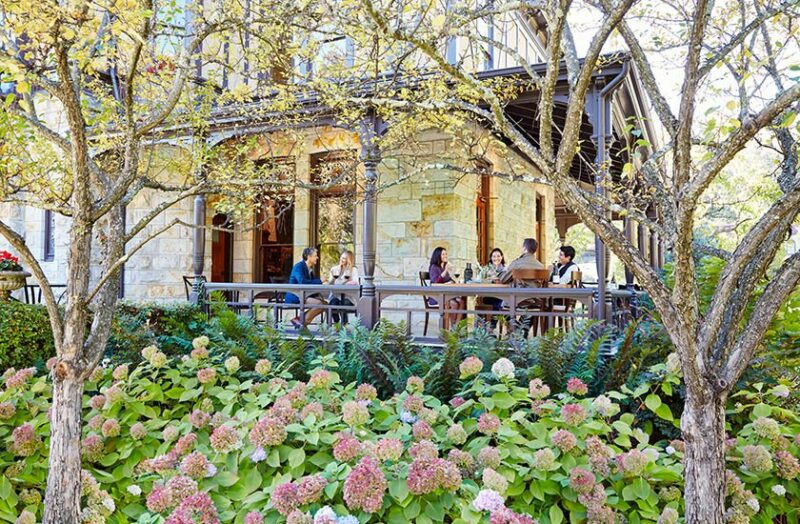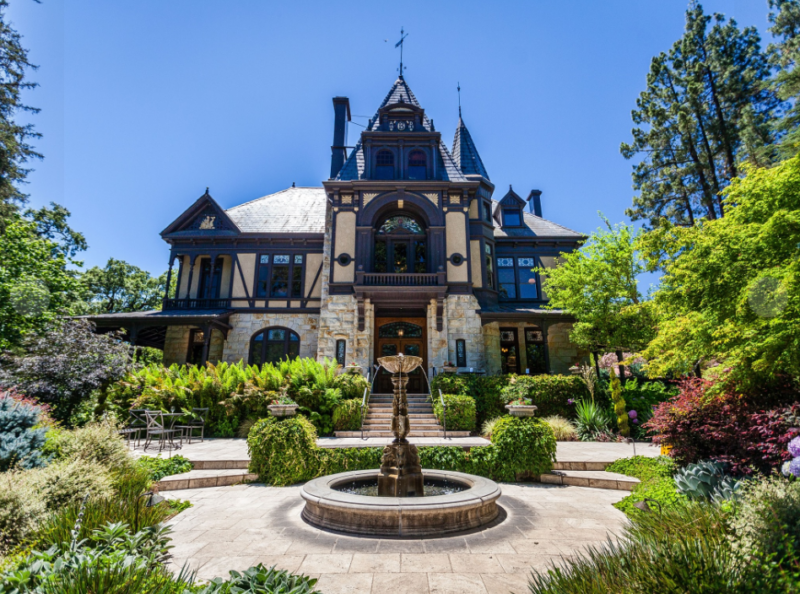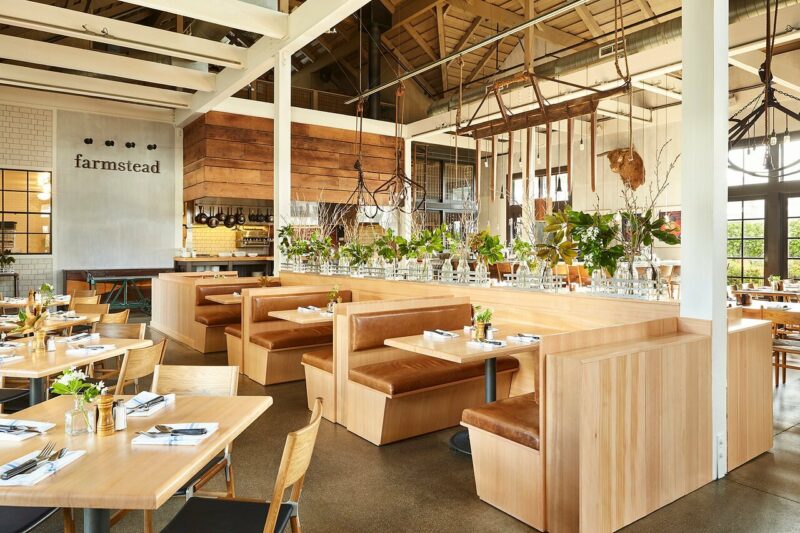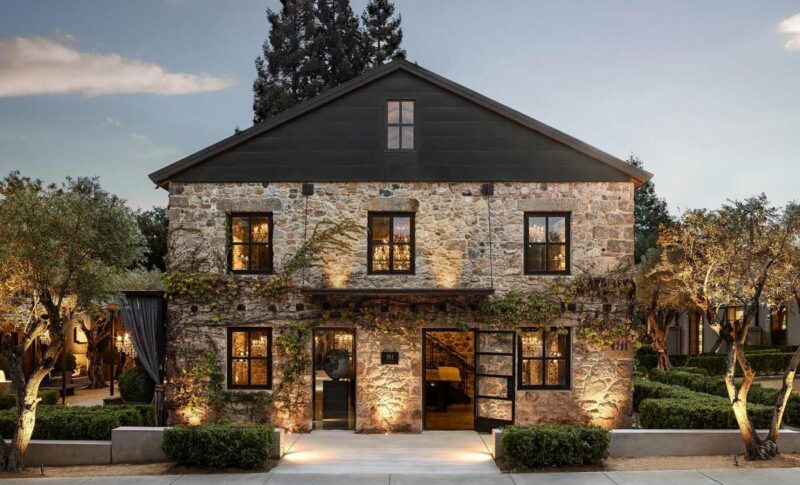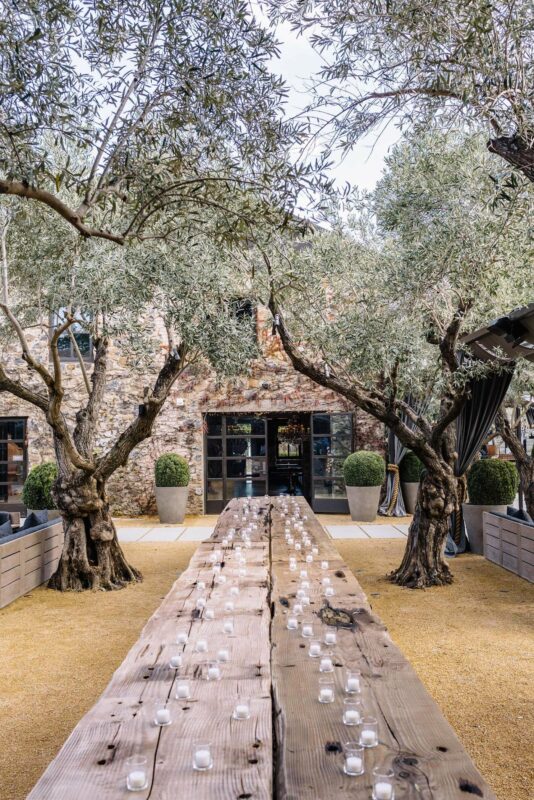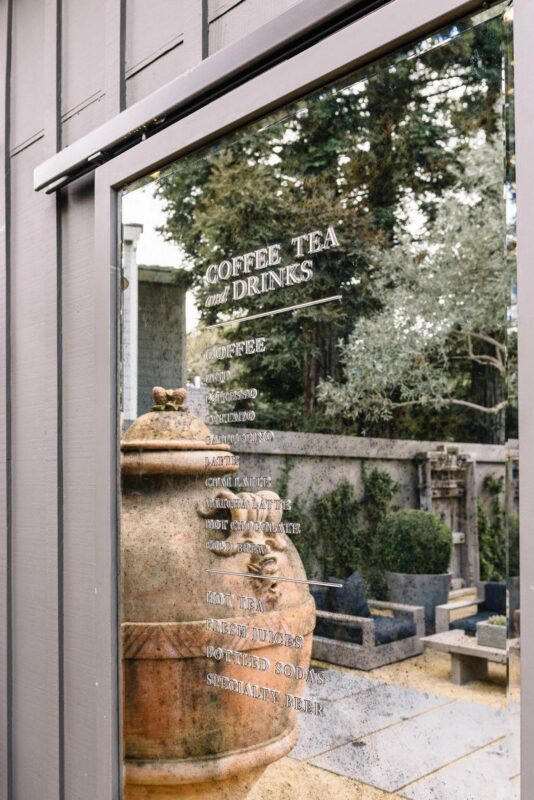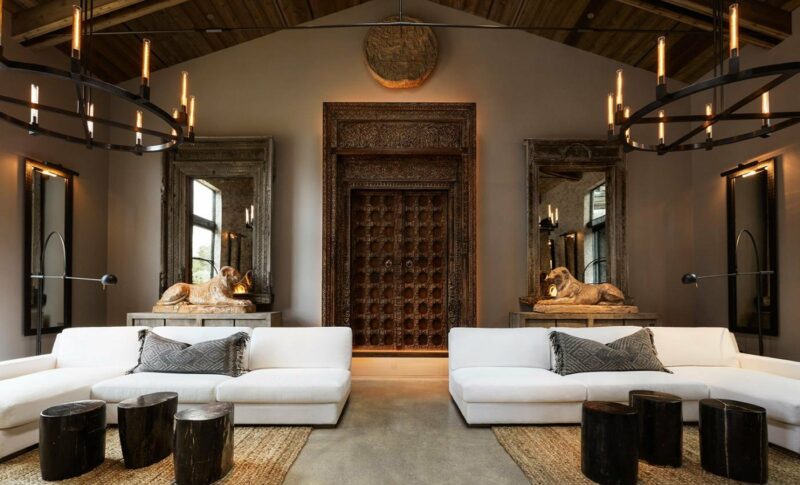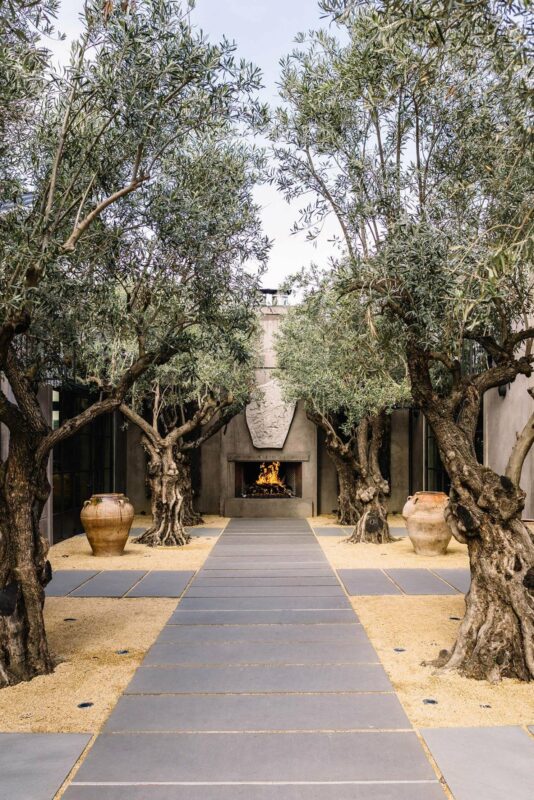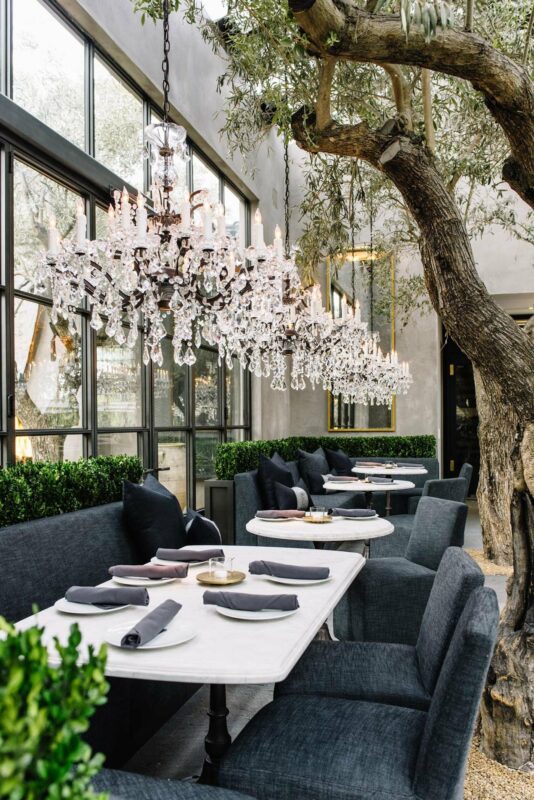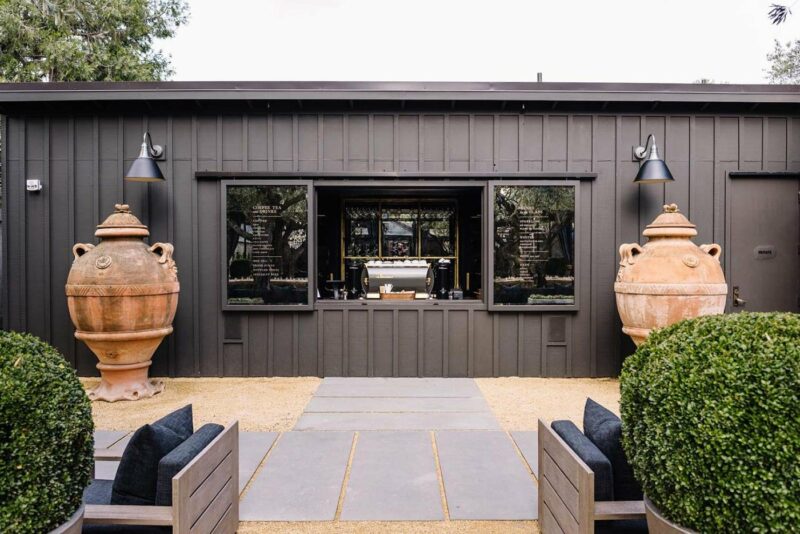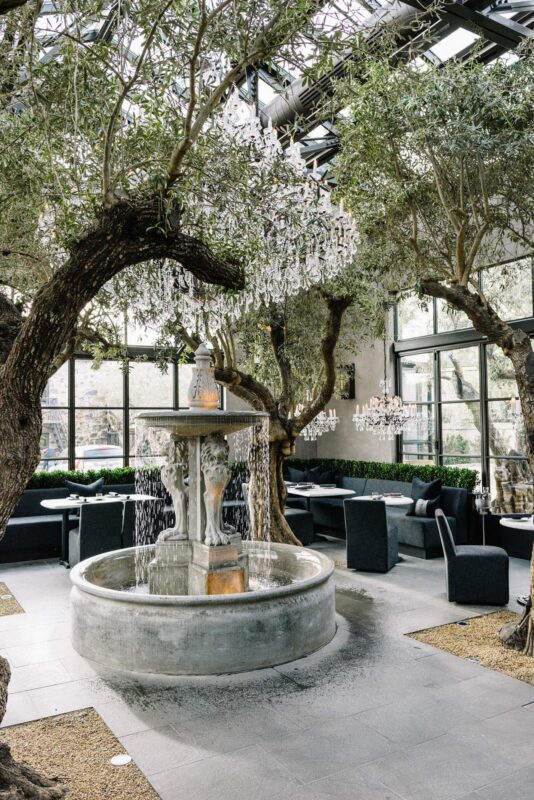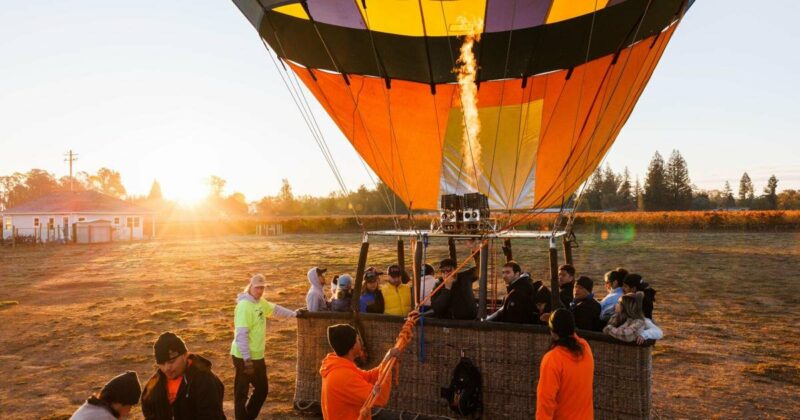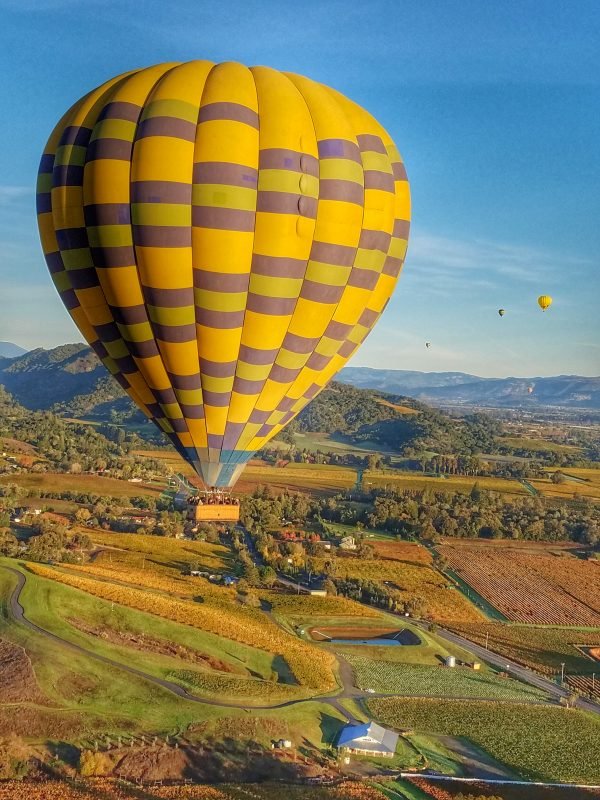

August 2023
Community
It’s harvest season! Every year, starting in August and going through October, Napa Valley harvests some of the worlds best wine grapes. In fact, Napa Valley is one of the world’s great destinations, especially for lovers of great wine, fantastic food, and beautiful views. It’s hard to believe that an area that has become synonymous with world class wine has only been around for 50 years. When comparing Napa Valley to other world-class wine producers, it’s still in its infancy. For instance, Douro Valley in Northern Portugal has produced wine for thousands of years, dating back to the time of the Romans and the history of French wine (in regions of France like Bordeaux, Burgundy and Champagne) can be dated back to the 6th century.
As such, it’s Napa Valley’s ideal climate that creates the perfect place to grow wine grapes. Defined by mountain ranges and influenced by its proximity to the Pacific Ocean, the Napa Valley enjoys a dry Mediterranean climate perfectly suited to the growing of fine wine grapes. According to Napa Valley Vintners, only 2% of the earth’s surface is covered by a Mediterranean climate, leaving Napa Valley in a perfect position to compete with the likes of two thousand year old French and Italian vineyards and Vintners.
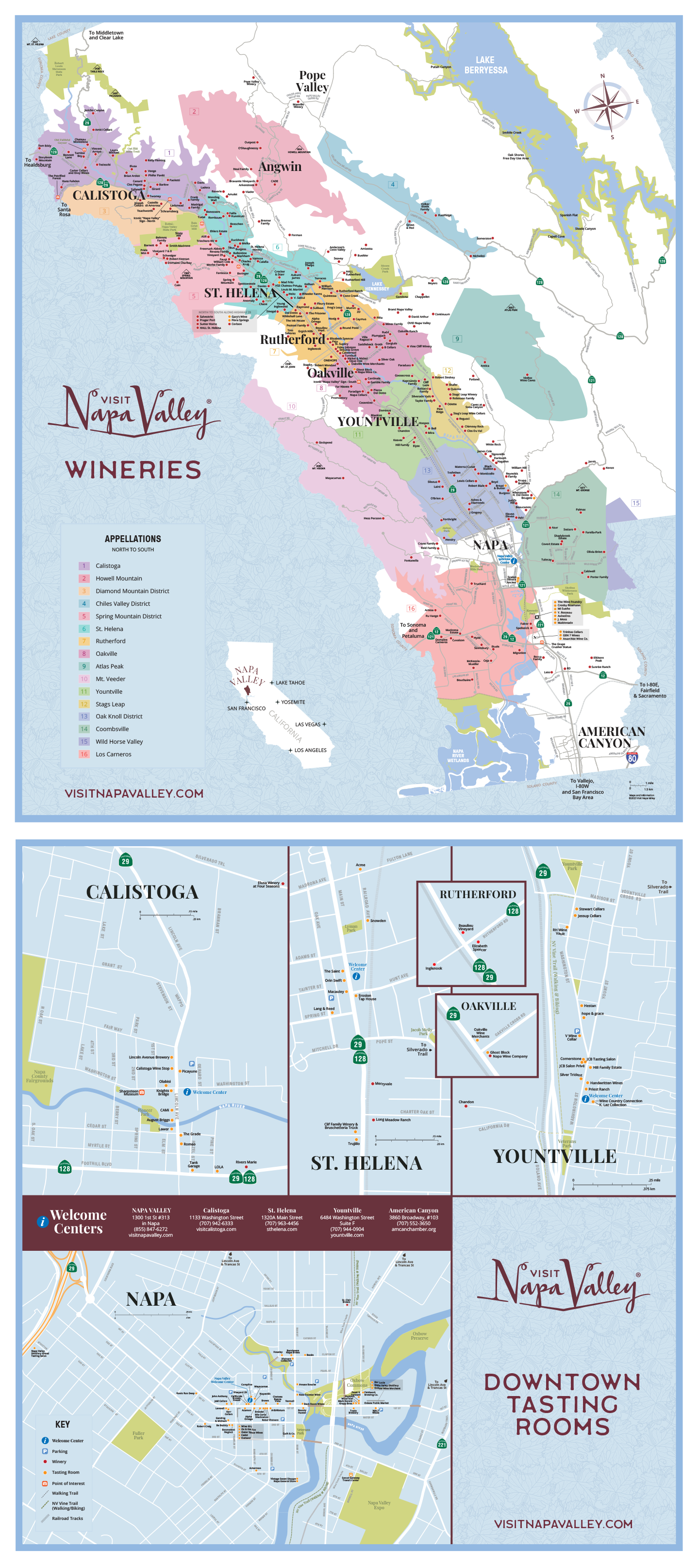
At 30 miles long, the Napa Valley encompasses a myriad of things to do. With over 1,700 registered wineries, you could spend a lifetime visiting, and never see them all. Take a weekend or two this harvest season to visit the great Napa Valley. Even though Napa is recognized first and foremost for its wines, you don’t have to be a wine drinker to enjoy your time here. You can create the type of experience you’re looking for – action, adventure, relaxation – Napa has it all! Everyone leaves wanting more, so here are some places to visit to get you started.
HISTORY OF NAPA VALLEY
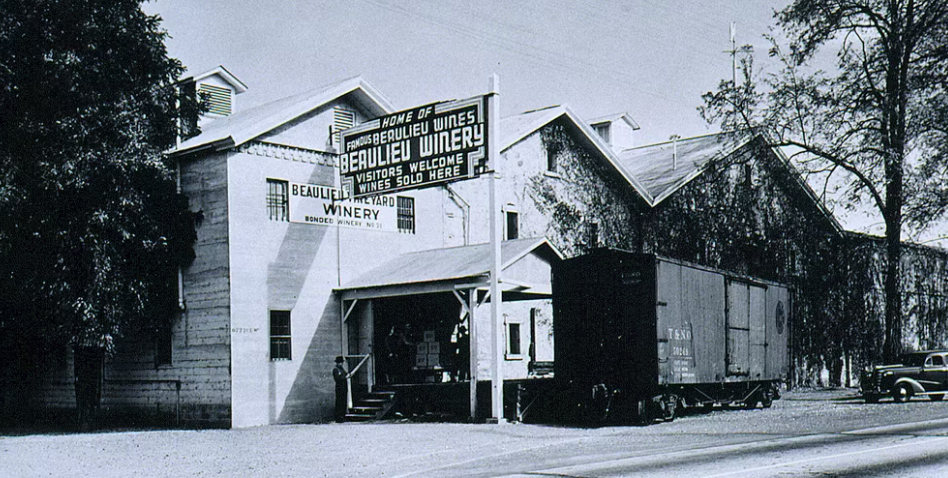
The history of the Napa Valley is not a long one. In fact, it was not until the early to mid 1800’s that wine grapes were introduced to the Napa Valley. Due to Napa’s ideal location and temperature for growing wild grapes have always grown in abundance, but it took settler George Calvert Yount to tap into the area’s potential for cultivating wine grapes. In 1836, Yount, a trapper and pioneer settler of California, received a land grant for a ranch, settling in Napa Valley. Yount built a homestead in the area and in 1839, was the first to plant Napa Valley grapes with cuttings of Mission grapevines he brought over Sonoma. It was later in the 1850’s, that Yount began to produce wine on his ranch (Dictionary of North Carolina Biography).
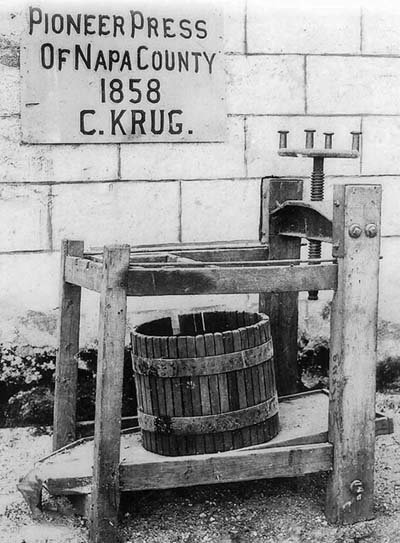
By 1861, Napa’s first commercial winery had been established by Charles Krug. He was followed shortly after by Schramsberg (in 1862) and Beringer (1876), which is Napa’s oldest continuously operating winery. By the turn of the century, there were nearly 200 wineries operating in the valley. It comes as no surprise that cultivating such a rich and successful enterprise was not without struggle. According to Napa Valley Vintners, by the turn of the 20th century, the industry saw prices plummet amidst a sea of surplus grapes and the arrival of phylloxera (an aphid like grape-pest that devours the leaves and root systems of grapes) left more than 80% of the valley’s vineyard destroyed. In 1920, an even greater threat to the Napa Valley wine industry arrived with the enactment of Prohibition. Vineyards and wineries were abandoned over the next 14 years with only a handful of wineries continuing to operate by producing sacramental wines.
With the repeal of prohibition in 1933, the wine industry began to slowly make a recovery – this included the resurrection of Beaulieu Vineyards and the Mondavi family’s purchase of the Charles Krug Winery. It was in the early 1940’s that the various Napa Valley Vintners realized that they could be more successful working together than on their own. This led to the creation of the Napa Valley Vintners trade association, now 539 wineries strong. But it was during the ‘Paris Tasting’ in 1976 that Napa changed forever. This blind, comparative tasting pitted Cabernet Sauvignon and Chardonnay from California against the best wines of Bordeaux and Burgundy. When the tasting was done, the judges had given top honors to Chateau Montelena Chardonnay and Stag’s Leap Wine Cellars Cabernet Sauvignon. Napa Valley would never be the same!
POPULAR WINERIES
Castello di Amorosa
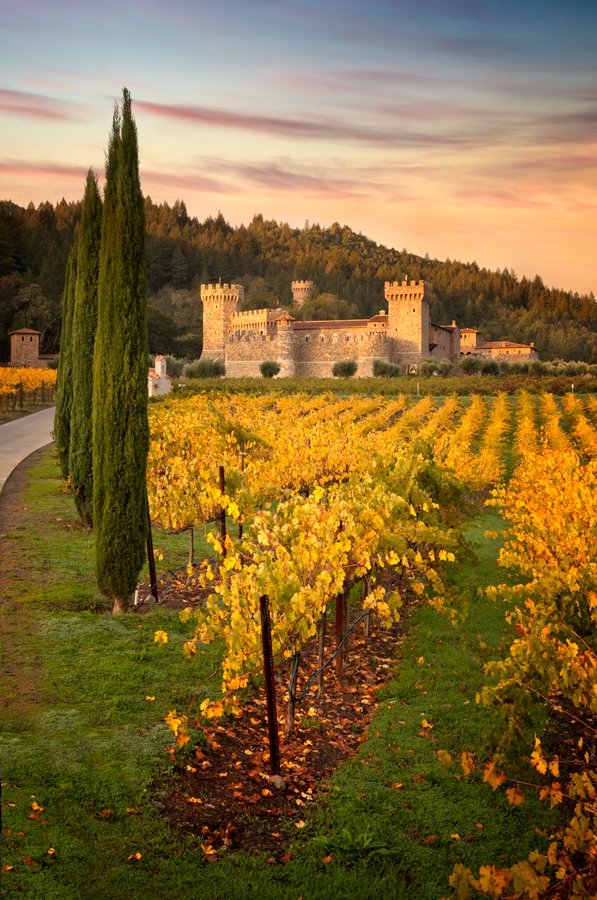
Castello di Amorosa is a medieval-style Tuscan castle winery located in Calistoga, Napa Valley. This wine tasting offers a full experience… Upon arriving, you are met by a sense of royalty – mostly because this is not some kitschy ‘play’ castle – it includes a moat, a drawbridge, defensive towers, an interior courtyard, a torture chamber, a chapel/church, a knights’ chamber, and a 72-foot long great hall. The castle interiors, which include 107 rooms on 8 levels above and below ground, making up a total of 141,000 square feet. There are five tasting options available when visiting:
The Reserve Tasting Experience, The Diamond Estate Tour & Reserve Wine Tasting **Their most popular tour, The Cheese & Charcuterie Wine Pairing Tour, Cabernet Is King, and The Luxury Tour & Tasting Offerings.
Domaine Carneros
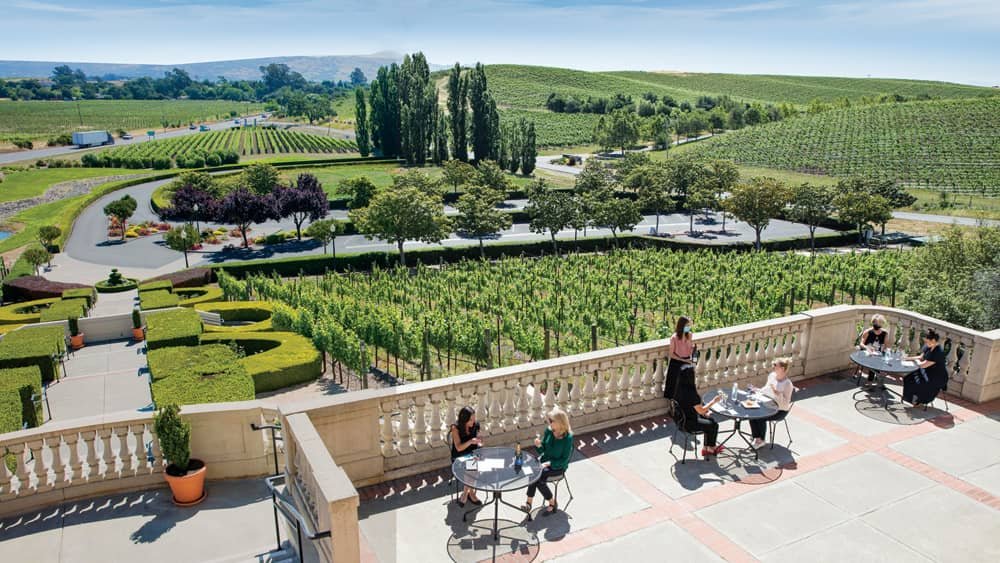
Domaine Carneros is a stunning estate located in the heart of the Carneros region. What makes this region so special is the climate and topography – The conditions are moderately cool and windy and with a persistent morning fog, it allows the grapes to ripen with intense and vivid flavors. As such, cool-climate wines such as Chardonnay and Pinot noir, as well as the sparkling wines made from those grapes are prominent throughout the Carneros region. Domaine Carneros has a spectacular open air patio with views of the entire area. They offer a variety of tasting flights with a mixture of sparkling wines and pinot noirs. They also offer cheese and charcuterie pairings, as well as a variety of caviar and smoked fish selections. As with many places in the Napa region, it is highly recommended to make reservations.
V. Sattui
V. Sattui is a great stop to make right before you’re ready for lunch. This winery has the rustic charm of an Italian estate, located in the heart of Napa Valley. With a tasting room, and an amazing on-site deli, this is a one stop shop. They have a large tasting room and each tasting includes up to 5 tastes of their vintage and Estate wines, in both red and white. Their deli is a showstopper though! With over 200 cheeses, house-made salami, an area for olive oil sampling, and freshly prepared to-go food, your stomach will thank you for shopping here. There is also a gift shop located in the tasting room that has a variety of wine related items, gourmet kitchen serving ware and decor items. The special thing about V.Sattui is that they allow you to picnic in their 2-acre picnicking area. The majority of wineries do not allow picnicking and will not allow you to bring your own food in, but V.Sattui is one that allows any Napa visitors to use their grounds to enjoy some much needed food and relax.
Artesa Vineyards & Winery
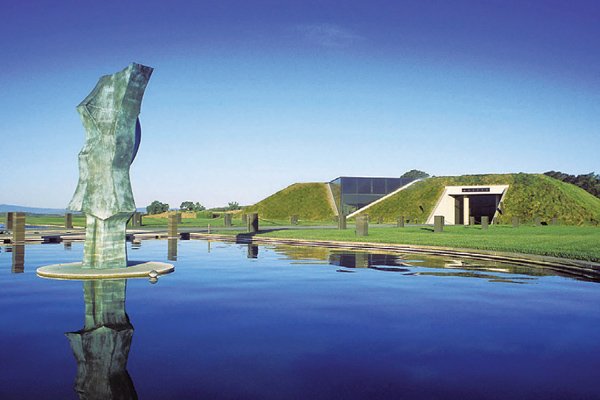
Artesa Winery is a very unique experience and will recognize that as soon as you arrive. The winery looks more like a modern art museum than a winery – but that’s exactly how it’s designed to make you feel. The creation of renowned Barcelona architect, Domingo Triay, his vision was to draw inspiration from the art, culture and nature of both Barcelona and the Bay Area and create an idyllic place to indulge in wine and culture. And if you think you recognize Artesa, you may if you’ve seen the Netflix movie Wine Country, featuring Amy Poehler, as the film features the winery – and for great reason, it’s absolutely stunning. With several water features, a tasting room built into the hillside, and spectacular views! There are three tasting options when visiting Artesa: the Terrace Seating, the Salon and Foyer Bar Seating and the Club Artesa Tasting, for members and their guests. Each tasting will feature different wines and run at different price points. This winery is currently reservation only, so please book ahead of time.
Robert Biale Vineyards
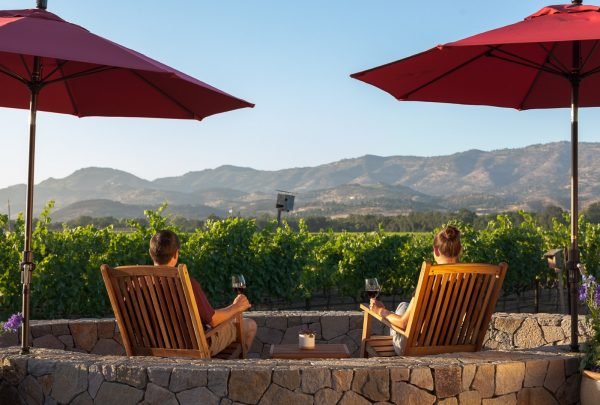
One of our favorite things about Biale is just how off the beaten path it really is. According to their website, It all started in the 1940s when 14-year-old Aldo Biale helped his mother make ends meet by selling to insider Napans–along with eggs and produce–some of the family’s homemade Zinfandel. Over the old “party line” phone system, the code words “a Black Chicken” signified a jug of bootleg wine…and kept nosy neighbors and the authorities from finding out about Aldo’s underground Zinfandel operation! Their black chicken Zinfandel wine has been delighting people ever since. This winery has a small, country feel, but with big tastes! Crafting solely Zinfandel and Petite Sirah, they have been able to craft it to perfection. Their tasting room is outdoors under a covered patio in an intimate setting that overlooks the mountain peaks and the valley’s vineyards below. This winery does not allow for walk-ins, but I highly suggest getting a reservation and making this one of your first stops if you are a lover of Zinfandels.
Frogs Leap Winery
Frogs Leap Winery is located in the Rutherford region and is the perfect stop for a casual and laid-back tasting. The Garden Bar offers a tasting of 4 wines, where you can find a seat under the many covered tables on the patio or take your glass of wine with you while you stroll through the estate surrounded by farmlands, ever blooming flowers and views of the mountains. Children under parent supervision are welcome, as are well-behaved dogs on leash.
“The best way to learn about wine is in the drinking.”-Unknown
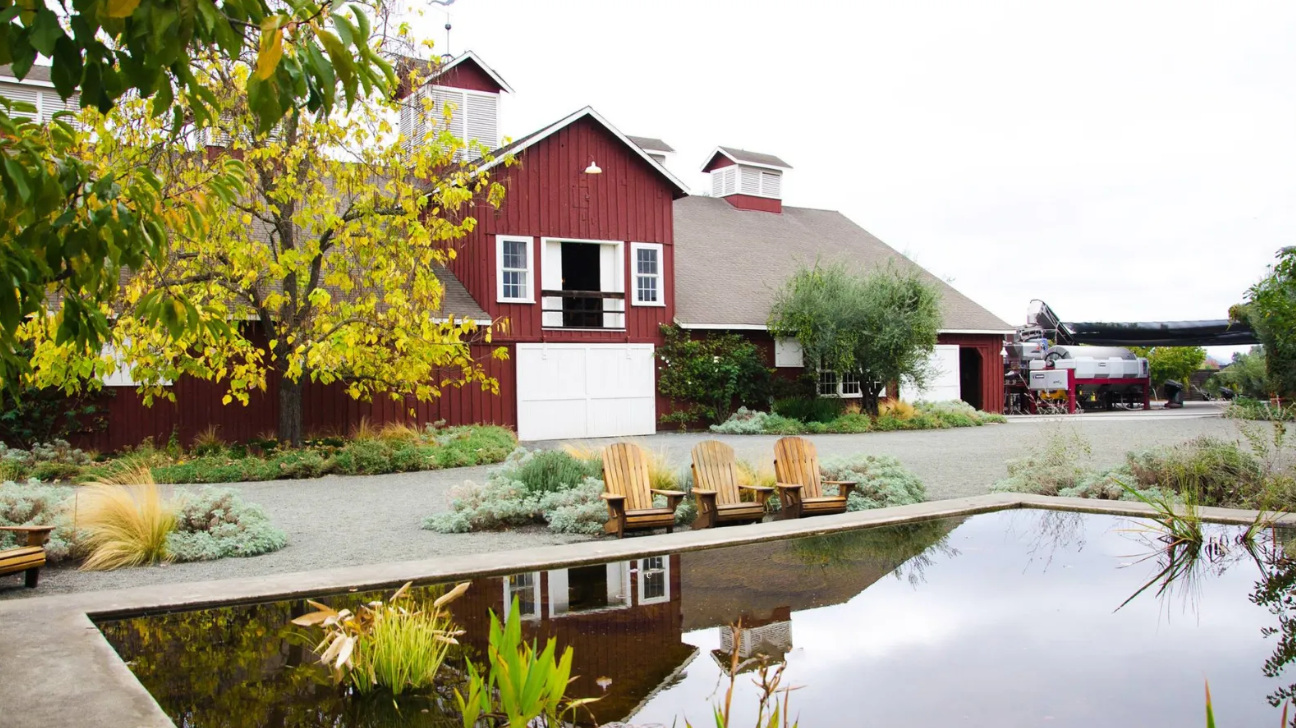
Beringer Vineyards
Beringer Winery was founded in 1876 and is the longest continuously running winery in Napa Valley. It is listed under both the National Register of Historic Places and as a California Historical Landmark. In 1934 it was the first California winery to offer public tours and wine tasting following the repeal of Prohibition, according to Lee Enterprises. The estate features several homes once occupied by the Beringer family, as well as wine caves and the original winery constructed in 1876. Beringer offers several different tasting experiences that range from a more simple tasting to tours of the wine caves, old wine preserving tunnels and a more intimate cave tasting experience. You can walk up for a tasting, if you want to explore more, I highly suggest making a reservation.
RESTAURANTS
FINE DINING
The French Laundry
The French Laundry is the first on our list, and probably the most well-known. Located in Yountville, this three-Michelin-star French and Californian cuisine restaurant has been operating since 1978. The building was constructed as a saloon in 1896 but by the 1920s the building was used as a French steam laundry, which is the origin of the restaurant’s name. The restaurant changed hands in 1994 when the original owner Sally Schmid sold it to chef Thomas Keller. Every day, The French Laundry serves two different nine-course tasting menus; the Chef’s Tasting Menu and the Tasting of Vegetables, which is vegetarian. Dining here requires a reservation and the nine course meal will run you around $400/person, not including any additional items or drinks. There is a semi-formal dress-code with a strict no denim, no tennis shoes and no t-shirt policy. Jackets are required for men, but ties are optional. If you’re looking for the experience without the price tag, consider stopping in for a drink at the bar.
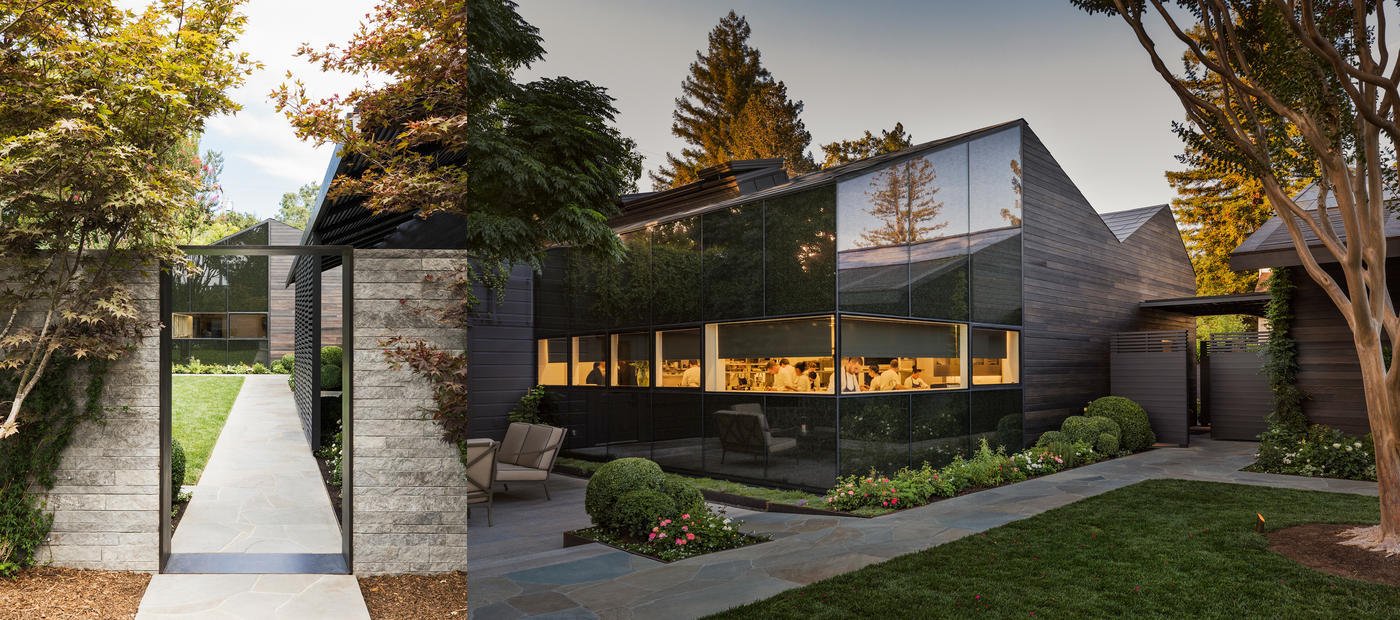
La Toque
This fine-dining lair in the Westin Verasa hotel is the baby of Chef Ken Frank and it’s been a Napa Valley mainstay ever since he opened the doors in 2008. Serving what he calls ‘New French cuisine’ with exquisite wine pairings is their passion, and it shows! The Michelin-starred restaurants culinary team and sommeliers taste test daily to ensure the best pairings with the best ingredients.
Ad Hoc
The sister restaurant to The French Laundry, Ad Hoc is Thomas Keller’s version of American homestyle/comfort foods. The daily-changing four-course menu features dishes like buttermilk fried chicken, lobster mac ‘n’ cheese, barbecue and a cocktail like a Bloody Mary or mimosa. Ad Hoc is closed on Tuesday and Wednesday, so plan accordingly.
Farmstead at Long Meadow
The Farmstead at Long Meadow Ranch is located in St. Helena and this go-to destination for food and drink is a staple in the Napa Valley. With seasonal, ingredient-driven American farmhouse cooking, featuring organic produce grown in-house, it’s as delicious as it is eye-catching! The Farmstead is located on the ground of Long Meadow Ranch and Winery, and offers more than just dining… You can also wine taste and indulge in some shopping in their gift shop.
RH Yountville
RH Yountivlle is not your typical Restoration Hardware… it’s a first-of-its-kind food, wine, art and design experience located in the heart of Napa Valley. Firstly, Restoration Hardware is a furniture and design company, so they have already set the bar with this one! Walking into the restaurant, your eyes immediately take you to the massive chandeliers over the indoor fountains. Talk about jaw-dropping! This elegant wine country compound consists of five separate structures that offer a variety of wine-centric experiences. You can:
- Dine under the soaring glass roof in their indoor-outdoor dining area
- Enjoy a glass of wine in their tasting vault, located in the historic Masonry Building
- Enjoy tastings of limited production wines in the trellis-covered outdoor living rooms
- Sip handcrafted espresso from their coffee bar
- Explore a boutique design gallery showcasing artistic installations of RH Interiors and RH Modern Collections
Photography Above by Adam Szafranski & Restoration Hardware
WINE COUNTRY TOURS
Bike Tours
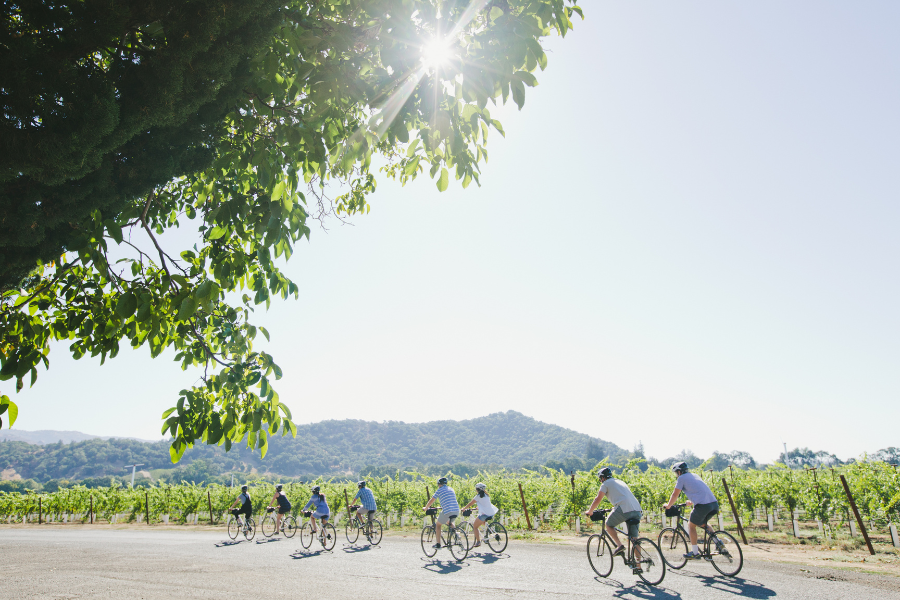
Bike tours are the perfect option for wine lovers visiting Napa Valley. You can save hours planning and making an itinerary and let a tour guide take care of the planning for you. Wine country is absolutely stunning and most of it is missed when you’re in the car driving from place to place – why not ride among it! Most bike tours will visit 2-3 wineries and will also provide a picnic lunch, but make sure to check with the tour company you’ve selected to see what amenities they offer. The great thing about most bike tours now is that the bikes are electric! No more huffing and puffing to get the next winery – even though it’s mostly flat. Some popular companies to use for bike tours are Napa Valley Bike Tours and Wine Country Bike Tours with Getaway Adventures.
In addition to taking a curated and guided bike tour, there is also the option to rent bikes on your own and create your own adventure! The nice part about this choice is that you are not limited with time constraints and pre-selected wineries. If you want to go more with the flow, this might be the best option for you. Bike rentals will range from a few hours to a half-day or a full-day. The Napa Valley Vine Trail currently connects the town of Yountville to the south end of Napa with a 12.5 mile walking & biking trail – the perfect place for a cruise. Ride your bike past vineyards and wineries, and enjoy easy access to restaurants and shops. There are tons of bike rental companies to choose from; here are a few of the top rated options; Napa Valley Bike Shop, Fat Tire Bike Rentals, and Napa Valley eBikes.
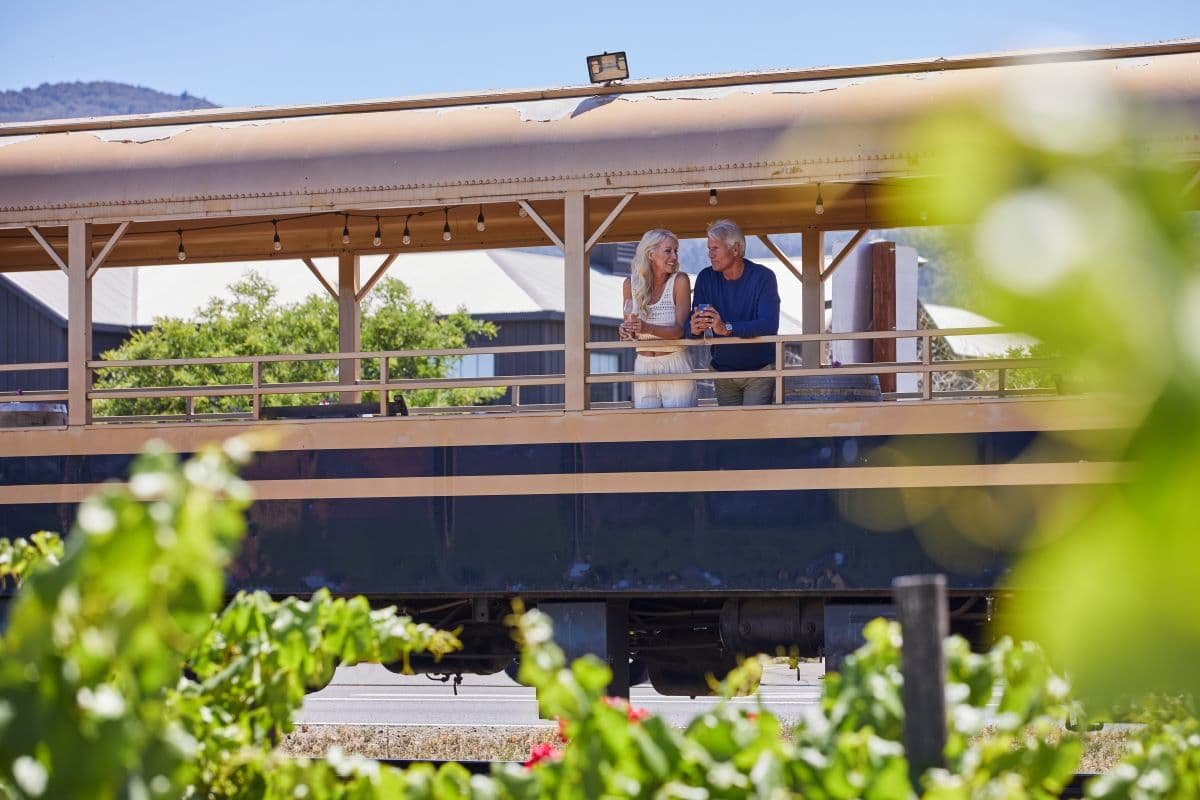
Wine Train
According to the Napa Valley Wine Train Association, the Wine Train’s history is almost as old as the history of the state of California itself. The rail line upon which the train travels was built in 1864 by San Francisco’s first millionaire, Samuel Brannan, to transport visitors to his spa resort of Calistoga. Shortly afterwards, Brannan was forced to sell many of his holdings to pay for his divorce, and the railroad became the property of California Pacific Railroad. It passed through many hands over the years, when in 1984 “The Society for the Preservation of the Napa County Railroad,” went on a quest to save the historic railway for future use and to reduce traffic congestion in the Napa Valley. Their efforts failed, but were not lost… in 1987, The Napa Valley Wine Train Inc. went on a hunt to find investors. Their search led them to San Francisco resident, inventor of Rice-A-Roni and former owner of Ghirardelli Chocolate and Golden Grain Pasta, Vincent DeDomenico. DeDomenico loved the concept of the Wine Train and offered to buy the whole operation. After much refurbishment the Napa Valley Wine Train took its inaugural passenger trip in September of 1989 and has been delighting passengers ever since!
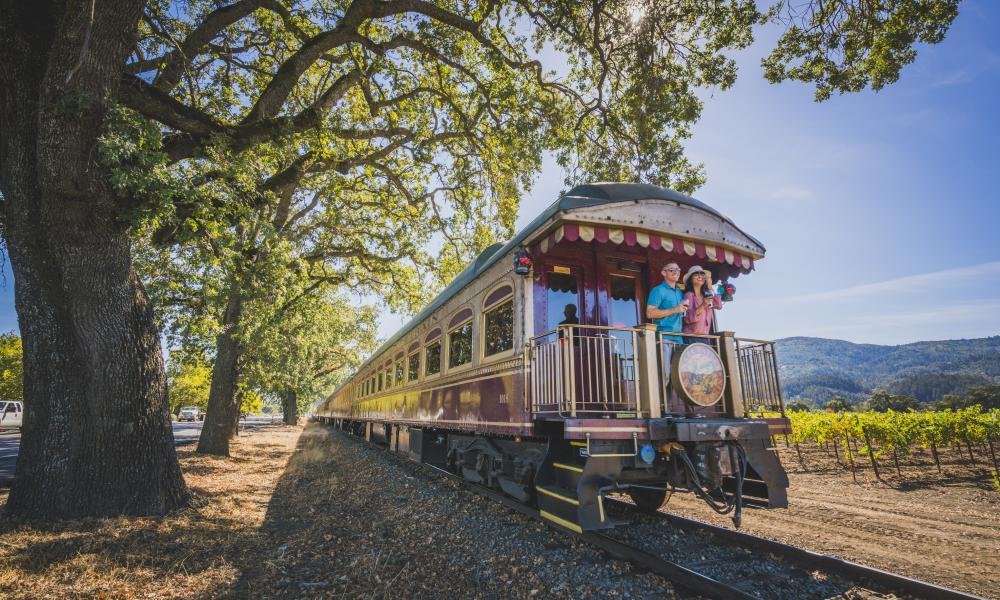
With over a dozen different experiences to choose from that range from day-time experiences to dinner and wine tasting to ‘Twilight Private Tours’ that allow guests to enjoy an evening train journey to Raymond Vineyards or Grgich Hills Estate and include appetizers, wine tastings, dessert, and coffee. You can even experience a murder mystery event on the Napa Wine Train! With so many different options to choose from, we recommend taking a look at the website and finding the journey that fits in best with your timeframe and the experience you’re looking for.
Napa Valley Wine Trolley
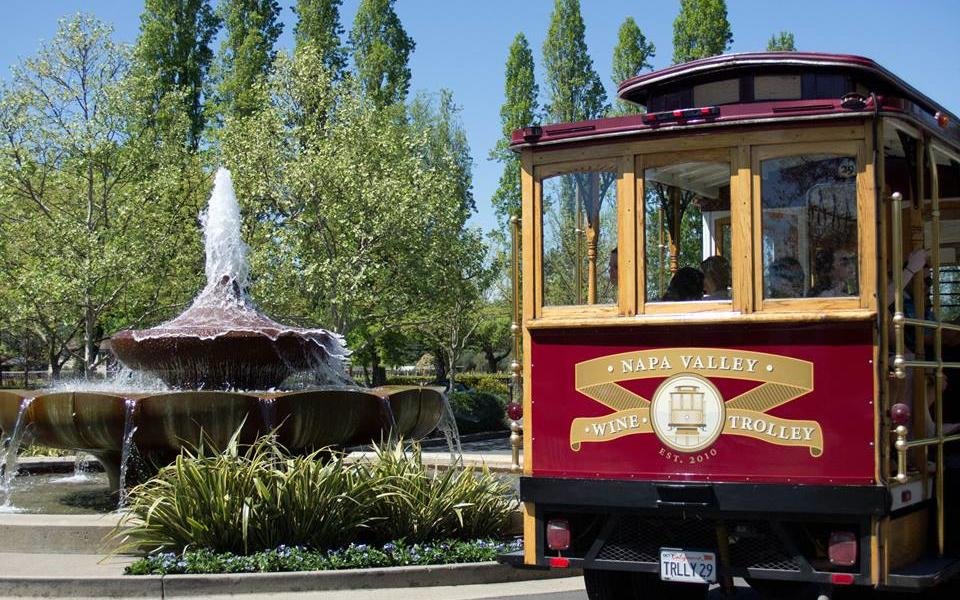
The open-air Napa Valley Wine Trolley is one of the friendliest tours around, and they can customize a tour for your group, or for a more spontaneous experience, you can simply hop aboard a daily tour. The guides are all local experts and love to entertain visitors with stories of the history and people of Napa Valley. With this tour, you get the chance to visit 3 wineries or urban tasting rooms each with their own unique offerings. A gourmet lunch will be provided at one of the stops. Experiences the sights and aromas of Napa Valley from an open-air replica of a San Francisco cable car!
THINGS TO DO
SPA/HOT SPRINGS
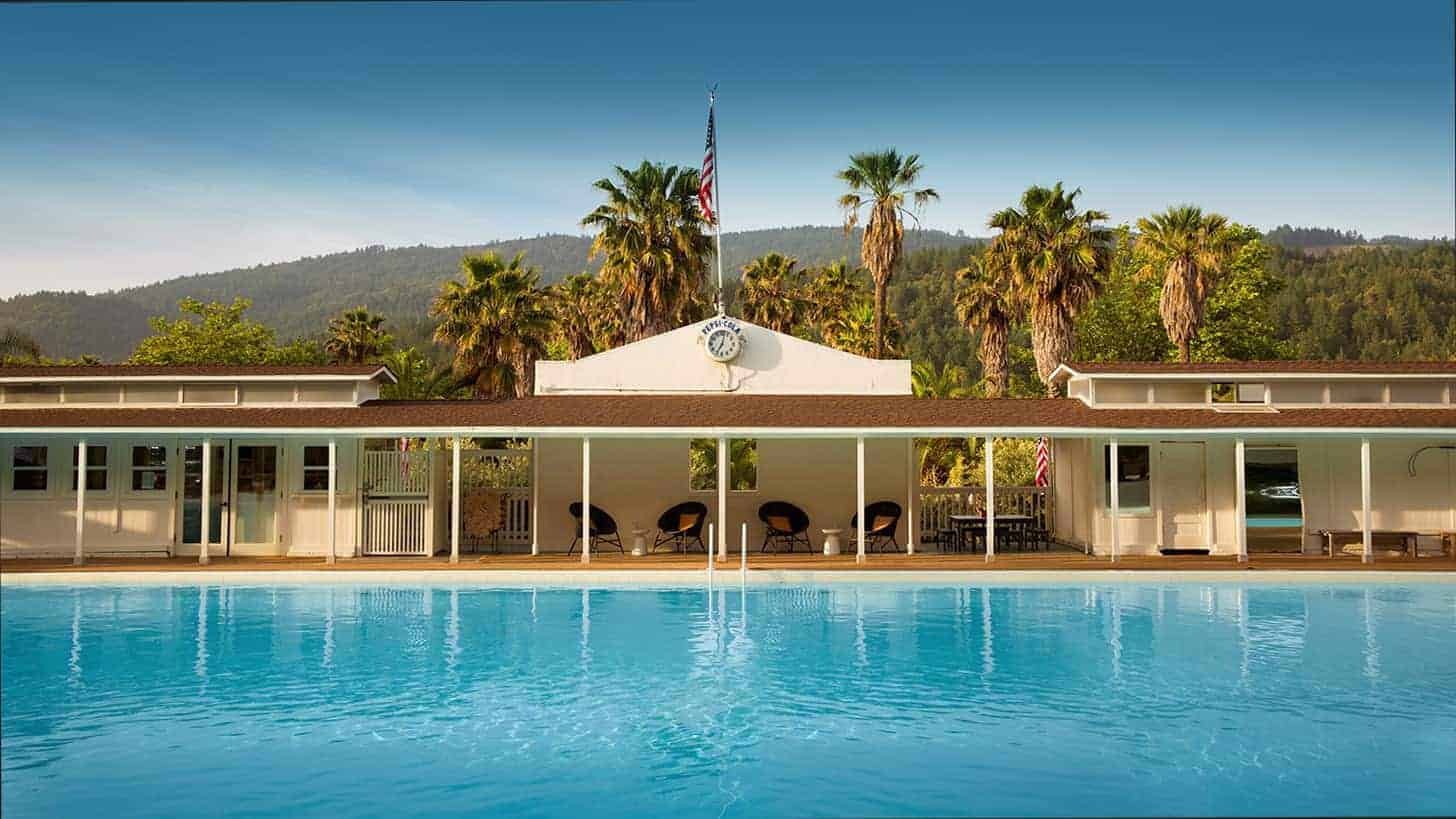
Calistoga, a well-known wellness haven, is celebrated for its hot springs and mineral pools. According to the Calistoga Visitors Association, the Wappo tribe, the area’s original inhabitants, discovered the remarkable waters approximately 8,000 years ago when they settled in Calistoga. They called the land coo-lay-no-maock (“the oven place”) and believed that the geyser water possessed healing powers as they steamed and soaked in the baths. Today, there are a plethora of hot spring resorts to choose from. Some require you to be a guest at the hotel for you to use the mineral pools, while others allow you to purchase a day pass, or provide a complimentary day pass if you spend a certain amount of money at their spa facilities. Here are some of the most popular mineral springs resorts in the Calistoga area.
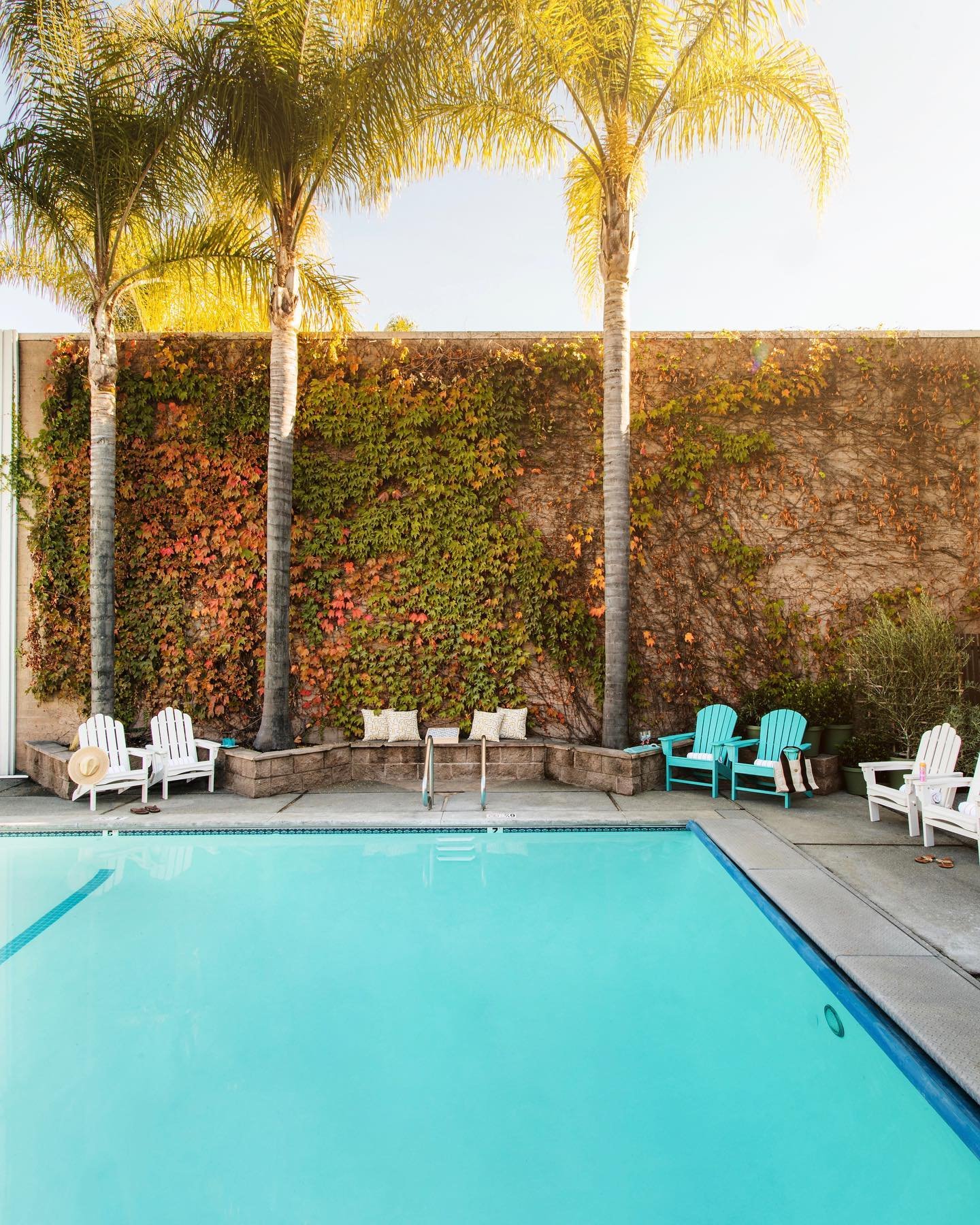
Dr. Wilkinson’s Backyard Resort & Mineral Springs – With over 62 years of service, Dr. Wilkinson’s Backyard Resort & Mineral Springs is an iconic wine country bathhouse. Visitors can experience Calistoga’s distinctive mineral waters and volcanic ash, highlighting the health advantages of hot mineral springs and mud treatments. This well-kept, accessible resort prioritizes guests’ well-being and offers three hot-spring-fed swimming pools and a spacious picnic area.
Indian Springs Calistoga – Offering far more than the average dip, their two restorative pools are the heart and soul of Indian Springs Calistoga. Since the 19th century, guests have come to Indian Springs Resort to experience the therapeutic and healing properties of our natural thermal pool. The popular Main Pool is an Olympic-sized mineral pool built in 1913, and one of the largest pools in California. The Adult Pool is smaller, quieter, and more intimate—and kept at a cooler temperature than our mineral pool.
Hot springs are nature’s gentle reminder to pause, immerse in tranquility and allow the beauty of the world to heal your soul. – Traveller’s Elixir
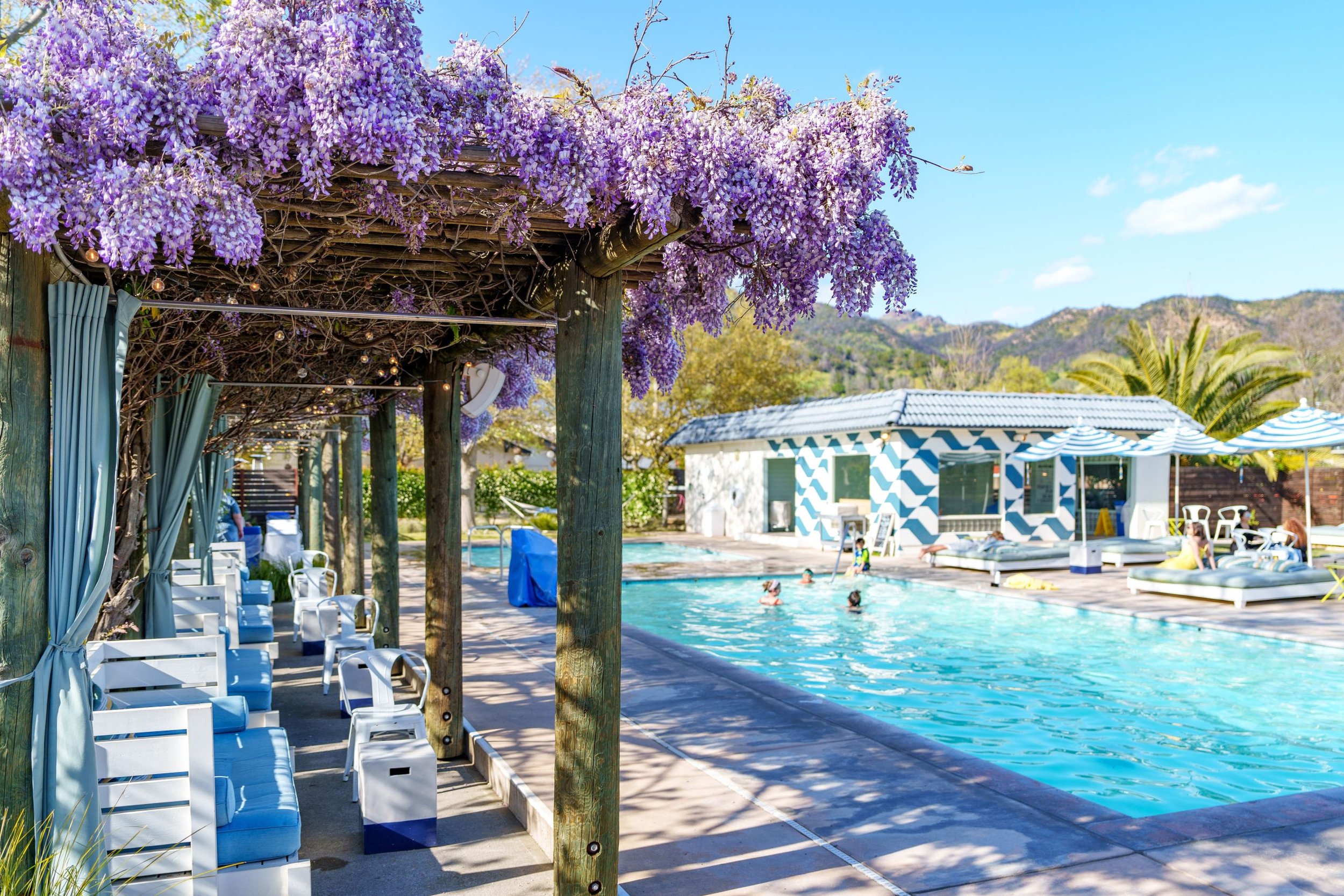
Calistoga Motor Lodge and Spa – A stylish 1950s atmosphere surrounds the outdoor lap pool, wading pool, and indoor whirlpool, each supplied by the resort’s hot mineral springs. The property’s Moonacre Bath & Spa showcases a more contemporary design and features a luxurious spa garden with couches and a wood trellis; indoors, guests can relax in colorful tile-trimmed relaxation rooms. Amenities include a variety of bath salts from around the world, a mud bar, and rubber duckies for floating in the sleek claw-foot tubs with private curtained partitions.

Calistoga Spa Hot Springs – What temperature do you prefer? Four outdoor geothermal mineral pools provide options ranging from a comfortable 80 degrees in the multi-lane lap pool to a steamy 104 degrees in the whirlpool. The setting is modern and sophisticated, offering beautiful mountain views for daytime swimming and striking lighting for nighttime soaks. While any time is suitable for a mineral bath, the whirlpool is particularly delightful in the winter.
HOT AIR BALLOON RIDE
Floating up in the air during sunrise across the valley will take your breath away. Flights in Napa Valley typically last about one hour. But because there are so many variables in ballooning, you should count on about 3-4 hour commitment. This includes check-in, balloon inflation, the flight, pack-up, transportation back from the landing site, and some companies offer a sit-down breakfast afterwards. Most Napa Valley balloon companies can accommodate 8-20 passengers in one basket. Most companies also offer a private flight just for two.
CAME FOR THE WINE, STAYED FOR THE VIEWS!
Often considered a nature walk in the sky, hot air ballooning is a spectacular way to watch the sunrise. Hot air ballooning is also one of the most unique and inspiring ways to appreciate the valley’s lush, rolling hills and gorgeous coastline. All Napa Valley hot air balloon companies launch just after dawn when the winds are at their calmest and the temperatures are the coolest.

